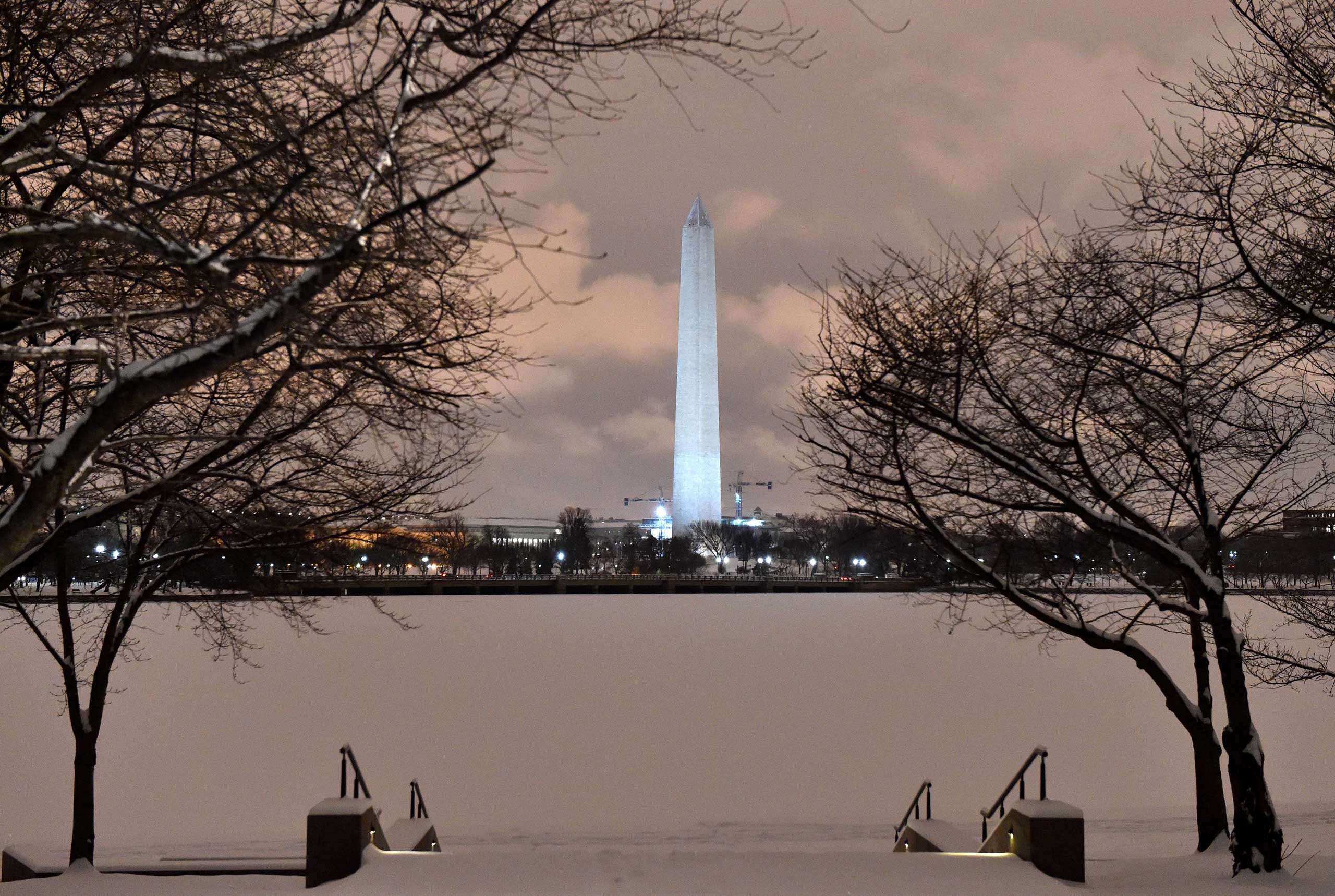The state of California is grappling with a devastating wildfire crisis as the Palisades Fire continues to expand, fueled by the return of Santa Ana winds. The latest reports indicate that the death toll has tragically risen to 16, highlighting the severe impact of this catastrophic event on communities across the region. Emergency responders are engaged in a relentless battle against the flames, which have already consumed thousands of acres of land and destroyed numerous structures.
The Palisades Fire, which ignited earlier this month, has rapidly spread due to the dry and windy conditions characteristic of the Santa Ana winds. These winds, known for their ability to exacerbate wildfire conditions, have created a perfect storm for the fire’s growth. Firefighters are facing significant challenges as they work to contain the blaze, with high temperatures and low humidity compounding the difficulties of their efforts.
As the fire continues to rage, thousands of residents have been forced to evacuate their homes. Evacuation orders have been issued for several communities in the fire’s path, and emergency shelters have been established to provide refuge for those displaced. Local authorities are urging residents to heed evacuation orders and to prioritize their safety as the situation evolves.
The impact of the Palisades Fire extends beyond immediate threats to life and property. The smoke and ash generated by the fire have raised air quality concerns across the region, prompting health advisories for vulnerable populations. Residents are advised to stay indoors, especially those with respiratory conditions, as the air quality deteriorates due to the ongoing blaze.
In response to the escalating situation, state and federal resources have been mobilized to assist local firefighting efforts. Fire crews from neighboring states have been deployed to support California’s firefighters, who are working around the clock to contain the fire. The collaboration between various agencies is crucial in managing the crisis and ensuring that resources are effectively utilized.
The Palisades Fire is not an isolated incident; it is part of a broader trend of increasing wildfire activity in California and the western United States. Climate change, coupled with prolonged drought conditions, has created an environment where wildfires can ignite and spread more easily. As the state continues to experience extreme weather patterns, the frequency and intensity of wildfires are expected to rise, posing ongoing challenges for firefighting efforts and community safety.
In addition to the immediate dangers posed by the fire, the long-term effects on the environment and local ecosystems are significant. Wildfires can lead to soil erosion, habitat destruction, and changes in water quality, which can have lasting impacts on wildlife and natural resources. Recovery efforts will be essential in the aftermath of the fire, as communities work to rebuild and restore the affected areas.
As the situation develops, officials are urging residents to stay informed through official channels and to prepare for potential changes in evacuation orders. The unpredictability of wildfires necessitates a proactive approach to safety, and residents are encouraged to have emergency plans in place.
The Palisades Fire serves as a stark reminder of the challenges posed by wildfires in California. As the state continues to confront these natural disasters, the importance of preparedness, community resilience, and effective response strategies cannot be overstated. The ongoing efforts of firefighters and emergency responders are critical in mitigating the impact of the fire and protecting lives and property.
In conclusion, the Palisades Fire has claimed 16 lives and continues to expand, driven by the return of Santa Ana winds. The situation remains dire as emergency services work tirelessly to combat the flames and protect affected communities. As California faces the realities of increasing wildfire activity, the need for comprehensive strategies to address these challenges is more pressing than ever.


